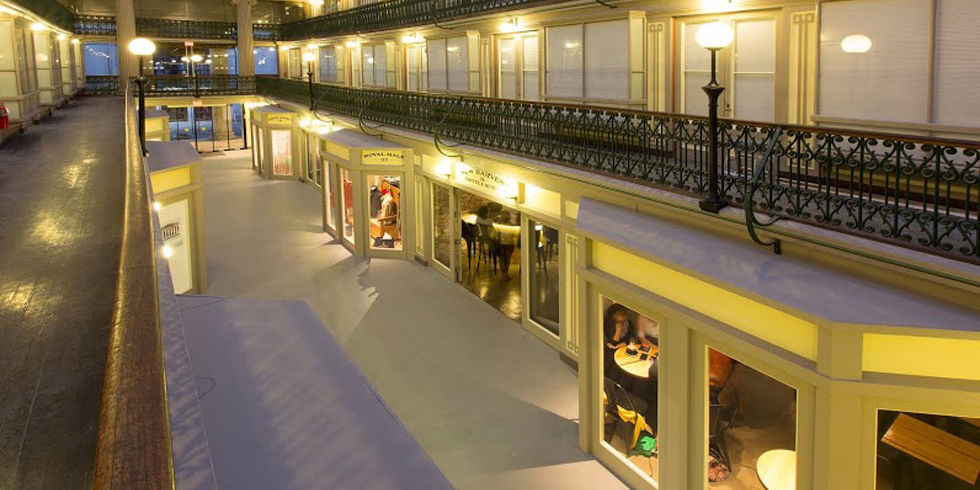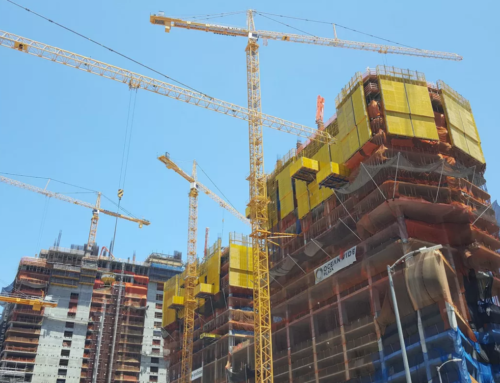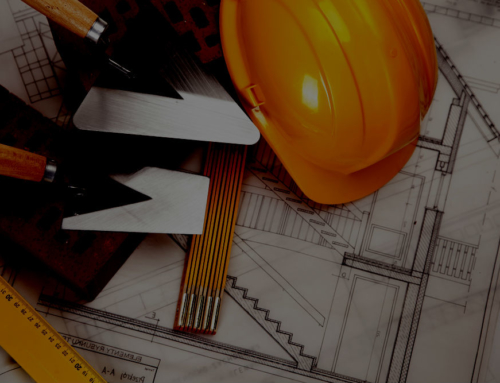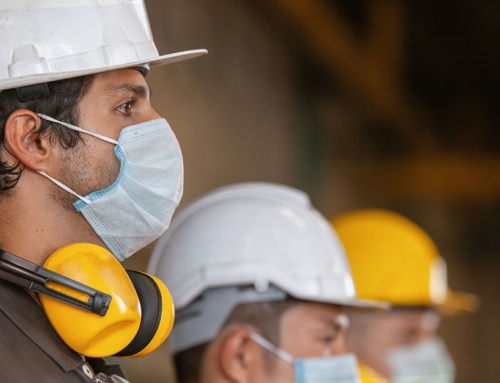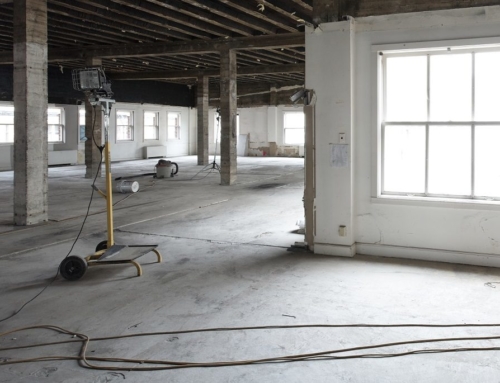Can the American mall come back from the dead? Commercial general contractors work to attract retail and non-retail tenants to empty indoor mall spaces.
Could commercial general contractors play a role in helping indoor shopping centers lease unoccupied retail space? The once hustling and bustling malls of the 80s and 90s are having trouble maintaining retail tenants. According to Green Street Advisors, within the past six years, more than two dozen enclosed malls have closed while 75 others are on the endangered species list.
In Memoriam: The California Malls We’ve Lost
- Sherman Oaks Galleria: Los Angeles, CA (featured in films like “Fast Times at Ridgemont High,” “Terminator 2,” and “Back to the Future II.”)
- Central City Mall / Carousel Mall: San Bernardino, CA
- Fallbrook Center: West Hills, CA
- Fashion Island Mall: San Mateo, CA
- Hawthorne Mall: Hawthorne, CA
- Indian Hill Mall: Pomona, CA
- The Palladio: Folsom, CA
- The Quad: Whittier, CA
- Valley Plaza: North Hollywood, CA
- Whittwood Mall: Whittier, CA
While malls with high-end anchor tenants like Nordstrom or Saks Fifth Avenue remain strong, others are hanging on by a thread. Especially with other shopping mall flagship anchors like Sears and JCPenney closing stores nationwide. Similarly, mall retailers like Aeropostale, Radio Shack, Wet Seal, and Frederick’s of Hollywood are scaling down store counts amidst financial challenges.
This has left many malls with empty storefronts at a time when mall traffic has already taken a hit with the success of outlet stores, mixed entertainment shopping complexes, and online shopping.
This puts commercial general contractors in a precarious situation when it comes to helping owners or managers of indoor malls lease their spaces. Should our focus be on reinvigorating the shopping experience to attract shoppers and keep them coming back? Or should the focus shift to what many malls across the country have successfully done – remodel mall spaces to accommodate schools, churches, and companies in need of office space with ample employee parking?
How Commercial General Contractors Can Boost Shopping Experience
Believe it or not, the stores that traditionally get the least amount of traffic at malls are the ones closest to the anchor stores. If a shopper enters at an anchor store, they typically enter the mall and bee-line for the escalator at its center. Ignoring the stores adjacent to or near the anchor store inside the mall. Yeah, there’s plenty of foot traffic to and from the anchor stores, but if you’re leasing one of the spaces near an anchor store, you’ve just got feet shuffling right past you. This means these spaces closest to the anchor store don’t have anywhere near the traction as stores in other parts of the mall have.
Some fairly simple interior mall renovations can be made to improve traffic flow. For instance, if escalators and kiosks are in the center of the mall, they could be relocated (or added) to the corners of the mall adjacent to the anchor stores. This way there’s a possibility shoppers coming to and from the anchor stores will notice some stores they usually miss as they observe their surroundings from the escalator or a stop at a nearby kiosk.
Kiosks are often the highest rent per-square-foot in the mall. Kiosk owners will pay more to be positioned in a part of the mall with high foot traffic. Traditionally, this has been the center of the mall where the escalators are. By repositioning or adding escalators near the anchor stores, you’re adding more high-traffic areas to the mall. Not only will business at nearby stores pick up, but kiosk owners will want in on all the action. This gives shopping mall owners or leasing managers the ability to command a higher rent or lease amount in other parts of the mall.
That grand waterfall on the mall floor may look pretty but it’s not producing any revenue. Replacing unnecessary fluff like this can make way for anything from a coffee shop to food trucks. Something shoppers would appreciate that will generate more revenue. In fact, showcasing a better array of dining experiences is one thing many malls are doing as part of their “face lifts.” Even high-end shopping destinations like the Beverly Center at the corner of Beverly and La Cienega boulevards are getting a makeover per the LATimes.
How Commercial General Contractors Can a Transform a Ghost Mall Into Income Producing Commercial Property
Many obsolete shopping malls throughout suburban America have moved on from retail altogether. Among the top five uses for repurposed malls are the following:
1. Office Space
2. Educational Facilities (primarily but not exclusively colleges)
3. Residences
4. Hospitals/Medical Facilities
5. Churches/Religious Centers
It’s not uncommon to see a once thriving shopping mall repurposed as a mixed-use facility where there’s still some retail but parts of the mall are leased to non-retail entities like a university or tech company with hundreds of daily students or employees.
Gizmodo recently spotlighted a few interesting uses for former shopping malls. Among those featured was the former Mayfield Mall in Mountain View, CA that was repurposed as office space for Hewlett-Packard in the 80s and is now home to the Google Glass offices.
Commercial General Contractors Can Help Reinvigorate or Repurpose Shopping Malls
As a commercial general contractor servicing Los Angeles, Santa Barbara, and Ventura counties, we here at H.W. Holmes, Inc. have heard the good, the bad, and the ugly from landlords at shopping centers and malls, commercial property & retail developers, and regional architects and subcontractors. Whether we’re doing a retail renovation or repurposing a former retail site for office or non-retail use, this knowledge comes into play. This is why commercial contractors are invaluable when it comes to breathing new life into shopping malls that have seen better days.

